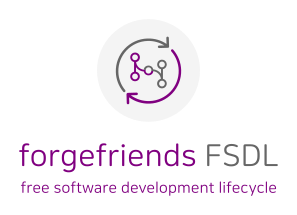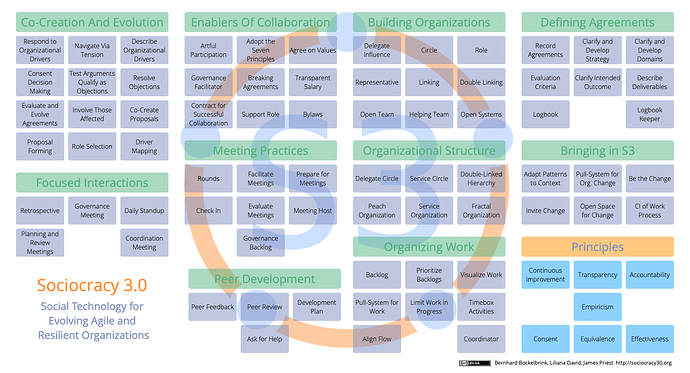This is a continuation of Decision: Social Coding initiative utilizes Forge Friends community forum to bring clarity to organiation structure.
In Redefining and positioning the forgefriends project - #7 by aschrijver I have outlined how I see the relationship between Forgefriends and Social Coding to be in terms of the who, what, why and how (more or less). As can be seen there’s a Venn diagram with a large overlap between the two, but also differences in scope and positioning. In this:
- Social Coding does not fit under a Forgefriends umbrella, conceptually.
- Forgefriends might see itself as under Social Coding umbrella (as an attractive PR/advocacy strategy mostly).
- If this strategy is chosen then Social Coding will be able to promote Forgefriends more intensively, I think.
Also (again conceptually):
- ForgeFriends has a Community,
- Social Coding is a Movement (though contributors might be seen as forming a community).
As I see it:
- ForgeFriends and Social Coding aim to reinforce each other.
- Yet they are independent of each other, and each has their own governance model.
- Social Coding initiative ‘dogfoods’ itself, so that is essential.
For this forum this means that:
- This is entirely the Forgefriends community forum. All categories belong to it.
-
Except the #socialcoding category, which stands on its own within the forum.
- If I post outside that category it is as forgefriend member.
- Within the category it relates social coding initiative and governance.
As I said today on Matrix the above might not have been entirely clear from the original decision topic. If you feel this positioning needs another decision, or want to come back on the earlier one, then I’m fully open to that. Please inform me of your understanding or arguments for a different plan.

